As of October 3, 2025, 881/1,645 hospitals nationwide had deployed electronic medical records (EMR) on schedule as required by the Prime Minister , reaching 53.6% of the assigned target.
Of these, 27/45 hospitals are under the Ministry of Health (including 5 medical university hospitals), reaching 60.0%; 329/492 provincial hospitals, reaching 66.9%; 339/684 district hospitals, reaching 49.6%; and 147/384 private hospitals, reaching 38.2%.
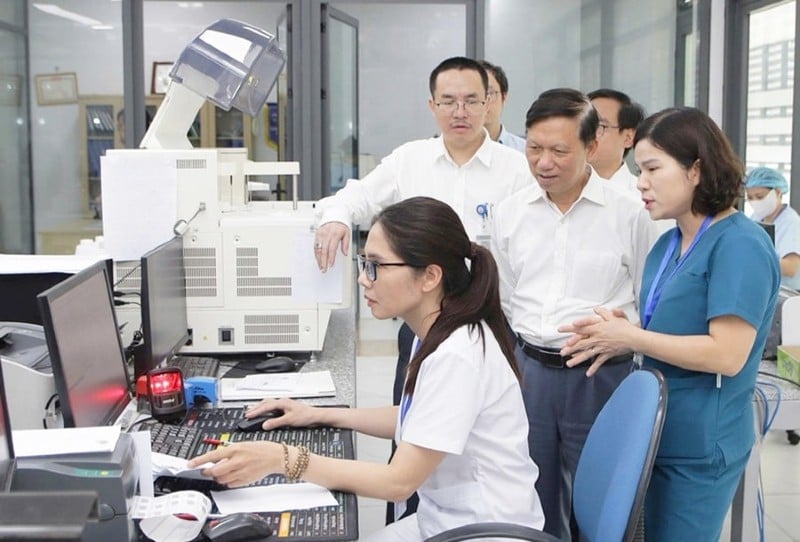 |
| Despite many positive results, EMR implementation still faces many difficulties. |
Among the earliest hospitals to deploy EMR are: Hai Phong International General Hospital, An Giang Regional General Hospital, Phu Tho Provincial General Hospital, Vinh City General Hospital (Nghe An), Quang Ninh Obstetrics and Pediatrics Hospital, Quang Ninh Provincial General Hospital, Bai Chay, Long Khanh, Agricultural General Hospital, Quang Khoi (Nghe An).
In addition, many hospitals have performed relatively well, such as Ho Chi Minh City University of Medicine and Pharmacy Hospital, Hanoi Medical University, Military Hospital 103, Military Hospital 7, Central Tropical Hospital, Gia Lai General Hospital, Hanoi Oncology Hospital, Xanh Pon General Hospital, Duc Giang General Hospital, City Children's Hospital, Ho Chi Minh City Blood Transfusion and Hematology Hospital, along with the Vinmec, Tam Anh, Hung Vuong, Hop Luc systems...
When talking to reporters of the Finance-Investment Newspaper about the results of implementing electronic medical records, Associate Professor, Dr. Tran Quy Tuong, former Director of the Department of Information Technology (Ministry of Health), currently Chairman of the Medical Informatics Association, said that although many positive results have been achieved, the implementation of EMR still faces many difficulties.
Firstly, the financial mechanism is unclear when public hospitals face difficulties in investment capital, while medical service prices currently do not include information technology costs.
Second, digital infrastructure has not met the requirements for synchronous EMR deployment. Third, old working habits and manual processes are difficult to change, requiring time and consensus across the entire healthcare system.
Fourth, the attention of hospital leaders is not uniform, affecting the progress of implementation. Fifth, the level of information technology of the medical staff is still limited, not enough capacity to exploit the EMR system effectively.
To accelerate progress and complete the goal of digital transformation in healthcare, Associate Professor, Dr. Tran Quy Tuong proposed 7 synchronous solutions. First of all, the Ministry of Health needs to strengthen drastic direction and synchronously deploy data platforms and application systems.
The Ministry also needs to urgently complete the legal framework and provide specific technical guidance for units. Third, build a sustainable financial mechanism and issue medical service prices that take into account information technology costs.
In addition, the Ministry of Health needs to reward units that perform well and strictly handle units that do not seriously implement. At the same time, increase the role of hospital leaders in directing and supervising the implementation of EMR.
In particular, strengthen inter-sectoral coordination between health, technology, finance, and local authorities. In addition, focus on training and improving digital capacity for medical staff.
The implementation of electronic medical records is one of the important pillars in the national digital transformation roadmap, towards building a modern, sustainable healthcare system, with people as the center and data as the foundation. This is not only an urgent requirement but also an irreversible trend in the digital age.
According to Associate Professor, Dr. Tran Quy Tuong, in the context of strong digital transformation, replacing paper medical records with EMR is inevitable and urgent. Traditional paper records are bulky, easily damaged, difficult to preserve, and do not meet the needs of long-term storage and sharing of medical information.
Meanwhile, electronic medical records help patients avoid carrying a lot of paperwork when going to the doctor, saving waiting time, test results and diagnostic images are stored centrally, securely and accurately. This helps doctors have full information for effective treatment, reducing duplicate testing and costs for patients.
EMR also helps ensure continuity of care, allowing patients to access services at multiple medical facilities without worrying about losing information. At the same time, patients can proactively monitor their health through digital applications, contributing to increased satisfaction and trust in medical services.
From a management perspective, EMR creates a “sufficient - clean - alive” data source to serve modern administration and policy making in the healthcare sector. This is an important step in building a digital healthcare system, aiming towards developing modern healthcare, with patients at the center.
Regarding the legal basis, Vietnam has a full legal corridor to deploy EMR. The Law on Medical Examination and Treatment 2023 clearly stipulates that electronic medical records have the same legal value as paper records.
In addition, the Ministry of Health has also issued standards for data formats, connection protocols, security standards, etc. to ensure the EMR system is compatible, interconnected, and has information security during operation.
Associate Professor, Dr. Tran Quy Tuong said that electronic medical records need to meet a number of core requirements. First, EMR must ensure the completeness, accuracy, continuity and timeliness of medical information, and can be exported and printed into paper records when needed.
EMR must have legal value, authenticated by digital signature or electronic signature according to legal regulations. Hospitals must issue regulations on management and use of EMR; manage digital signatures and ensure information security and confidentiality.
The EMR system must comply with legal regulations on network security and personal data protection. The system must be interconnected and standardized, ensuring the ability to exchange data between medical facilities and social insurance agencies to serve medical examination and treatment, insurance payment and health management.
When implementing EMR to completely replace paper records, hospitals need to pay attention to building a strong enough information technology infrastructure. Storage devices must have the capacity to meet the requirements of storing electronic medical records according to the time prescribed by law, at least 10 years, even in some cases permanent storage.
For example, if a minimum of 10 terabytes of data storage is required each year, then equipment with a capacity corresponding to the long-term plan must be invested in.
In addition, electronic medical records must be stored in a standard data center, ensuring safety and ease of retrieval. Medical staff need to be trained in EMR usage skills and have clear access rights management to avoid information leaks. Along with that, patients also need to be guided on how to access and use their electronic records to monitor their health.
Source: https://baodautu.vn/da-co-gan-900-benh-vien-trien-khai-benh-an-dien-tu-d406904.html








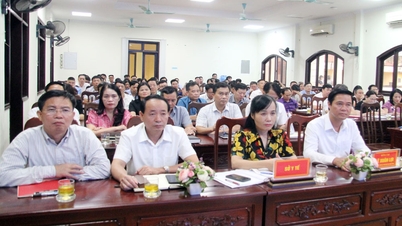

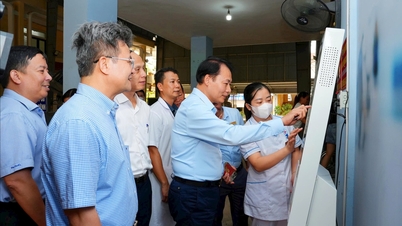



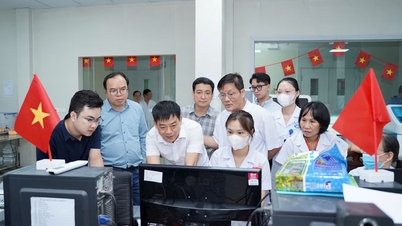

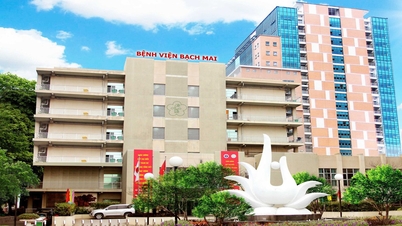



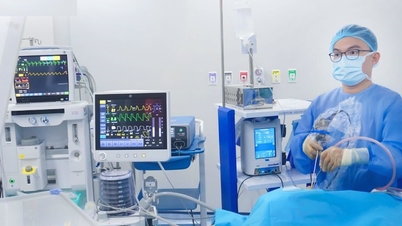

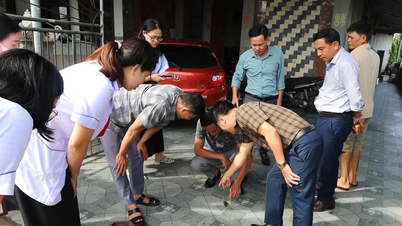









































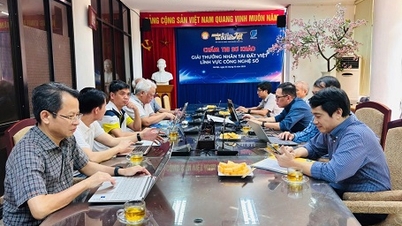

















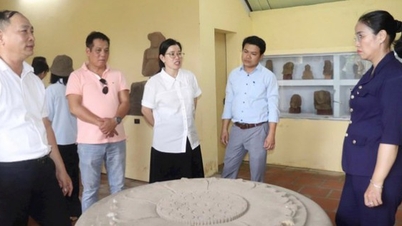




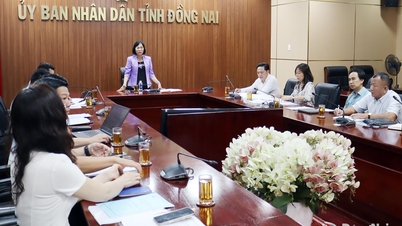

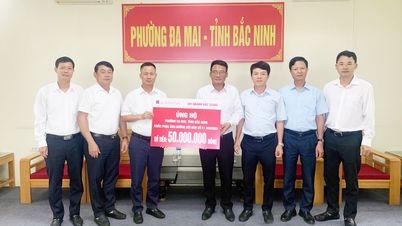
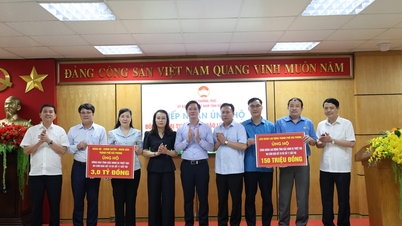


















Comment (0)